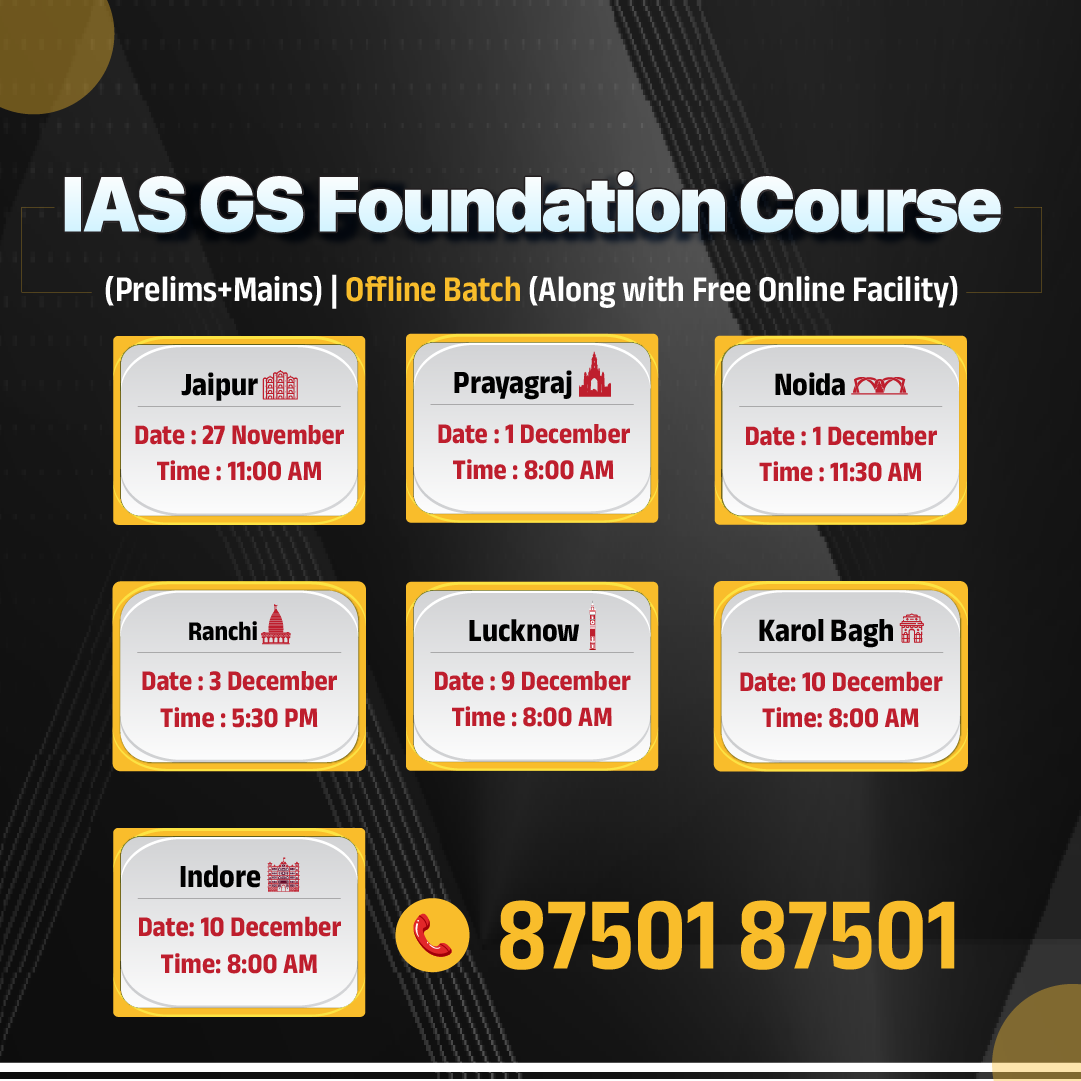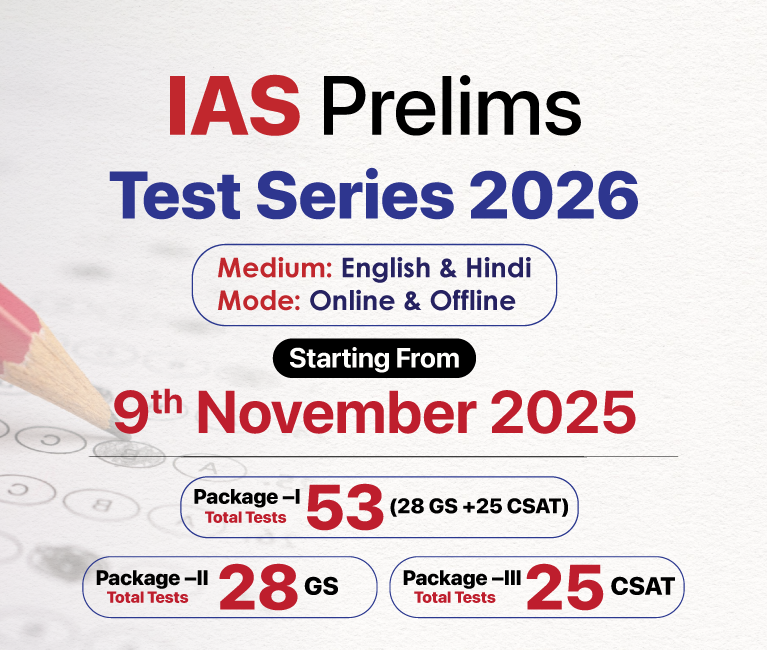Haryana Switch to Hindi
New Leave Policy: Promoting Workforce Participation for Female Employees
Why in News?
The Haryana government has revised its leave policy, under which female employees, including those working under the Haryana Kaushal Rozgar Nigam Limited (HKRN), will now be entitled to two additional days of casual leave per month, up to a maximum of 22 days per year.
- This initiative not only reflects progressive governance but also aims to encourage more women to join and sustain their participation in the workforce.
Key Points
- Impact on Women’s Workforce Participation:
- Improved Work-Life Balance: The extra leave provisions will provide female employees with the flexibility to balance their personal and professional lives better, which is crucial in improving work-life balance.
- This is particularly important in a society where women often face greater familial responsibilities.
- Support for Health and Well-being: The additional leave can be used for personal health issues, family care, or other needs, supporting a healthier and more productive workforce.
- This is in line with global best practices that promote the physical and mental well-being of workers.
- Gender Inclusivity: This policy is a step forward in promoting gender equality in the workplace by encouraging a more inclusive work environment.
- Improved Work-Life Balance: The extra leave provisions will provide female employees with the flexibility to balance their personal and professional lives better, which is crucial in improving work-life balance.
- About Haryana Kaushal Rozgar Nigam Limited (HKRN):
- HKRN was incorporated under the Companies Act, 2013 on 13th October 2021.
- It has been established to supply contractual manpower to government departments and agencies across Haryana.
- The Nigam aims to carry out recruitment in a transparent, efficient, and equitable manner.
- HKRN serves as the officially designated agency for deploying contractual manpower in the state.
- Focus Areas:
- Prioritises candidates from socio-economically disadvantaged backgrounds in the recruitment process.
- Ensures timely disbursement of salaries and benefits to all deployed personnel.
- Strictly adheres to the State Reservation Policy while selecting candidates.


.png)




.jpg)























.png)


.jpg)

 PCS Parikshan
PCS Parikshan

